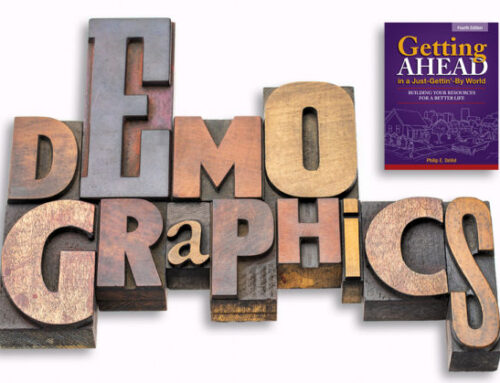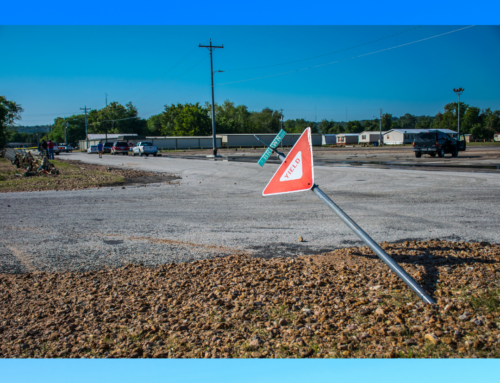Communities that use Bridges concepts to address poverty have a way of talking about poverty and prosperity that leads to direct action. The conversations that lead to the action includes people of all classes, races, sectors, and political persuasions.
I’ve seen this in action and know it to be true, but I didn’t really appreciate how different and valuable this is until recently.
The level of distrust and hostility in U.S. discourse, regardless of the topic, has reached a hair-trigger level. It seems as if most of the media outlets have chosen a side, red or blue, and have committed themselves to winning the war against the other. This is filtering down to my family, friends, neighbors, and seatmates on airplanes. All the words and phrases on whatever topic seem to be coded red or blue. Ears are tuned to sort friend from foe. Minds are triggered to jump to judgment.
This is a sorry way to be—on many levels. At the psychological level (some would say spiritual level), the mind that is busy sorting right from wrong, good from bad, this vs. that is an unhappy and exhausted mind. The suffering of such thinking habits is transformed minute by minute from happy to mad and mad to happy.
At the family level the touchiness of raw nerves can ruin a gathering, separate parent from child and siblings from each other. At the community level such thinking makes the solving of community problems a power grab, faces swollen with hate and distrust, words said that cannot be wiped away.
In tracking backward to see where our national discord comes from and how it is fomented, I find an interesting chain of perpetrators. This duality, the red/blue knot, arises from the conservative and liberal parties, these spawned think tanks, which produce justifications for their special “truth” that are trumpeted by bloggers and particular media outlets. Almost everything falls into the red/blue paradigm, and those who push it are at war with each other, pulling the red/blue knot tighter and tighter.
This malignant form of conversational cancer does not serve us in our communities, in the towns, cities, and counties in which we live. In fact, it hinders us from solving problems that otherwise would not be half as complicated.
When communities use Bridges constructs, models, and tools, the red/blue knot becomes oddly irrelevant. The work of helping people move from poverty to prosperity as they encounter barrier after barrier requires people to form relationships of mutual respect across class lines. There is so much work to be done to create sustainable communities where everyone can live well that blue/red buttons buzz only softly in the distance.
There are three primary Bridges tools that communities use to achieve a positive conversation. First, they understand the different class environments in which we live; they share an accurate understanding of the impact of poverty on individuals in the community and the community itself.
Second, they understand that there are four causes of poverty: individual behavior and circumstances, community conditions, exploitation of people in poverty, and political/economic structures. Taking the best of what conservatives and liberals have to say on these topics, Bridges undoes the “either/or” knot and makes the conversation “both/and.” Poverty is caused by the choices of the poor and it is caused by political/economic structures and everything in between.
Third, Bridges Communities have a cradle-to-grave, system-wide continuum of strategies that engage all sectors, classes, races, and political persuasions in problem solving.
The hard differentiator between Bridges and the red/blue debate is that the Bridges language leads to results, to direct action, and to solving problems. The red/blue harangue serves no purpose other than for those who tighten the knot.
Welcome to Bridges, a rant-free zone.








